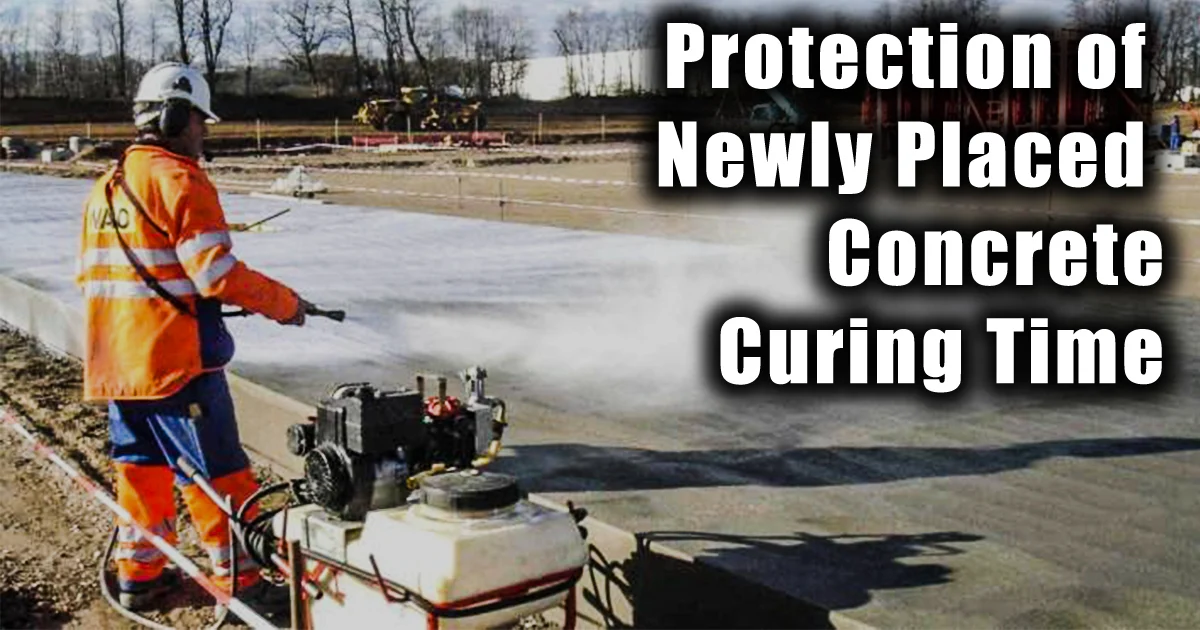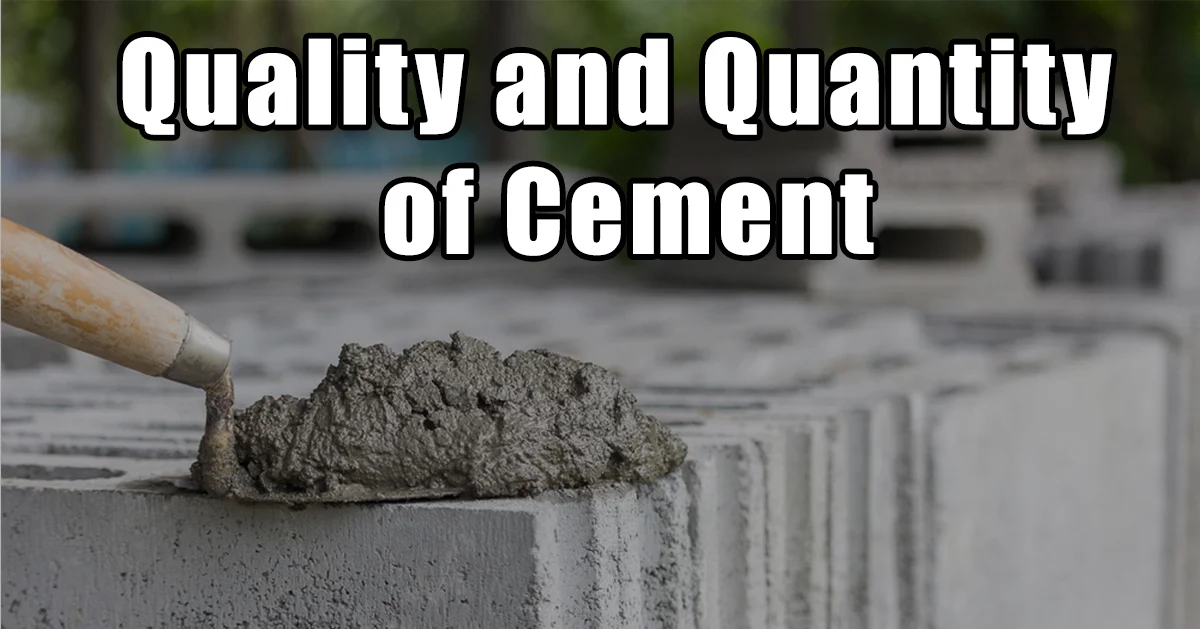Slump test

Slump test
It is the most common method for measuring the workability of freshly mixed concrete. It can be performed both in lab and at site. Uniformity of the concrete regarding workability and quality aspects can be assessed from batch to batch by observing the nature in which the concrete slumps. It is not very suitable for very wet or very dry concrete.
A steel mould in the form of frustum of cone is used in slump test which has the top diameter of 100 mm, bottom diameter of 200 mm and the height is 300 mm. According to Indian standard specification, the maximum size of the aggregate in concrete that can be used to perform slump test is restricted to 38 mm.
The mould is cleaned and freed from any surface moistures and then the concrete is placed in three layers. Each layer is tamped 25 times with a standard tamping rod (16 mm dia, 0.6 meter length). Immediately after filling, the cone is slowly lifted and the concrete is allowed to subside. The decrease in the height of the center of the slumped concrete is called slump and is measured to the nearest 5mm.
If the concrete subsides evenly all round, the slump measured is true slump. If one half of the cone slides down an inclined plane, a shear slump is said to have taken place and the test has to be repeated. Too wet mix shows collapsible nature of slump.









